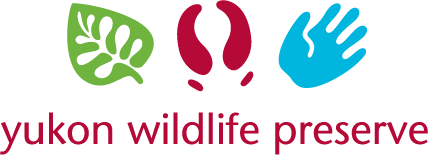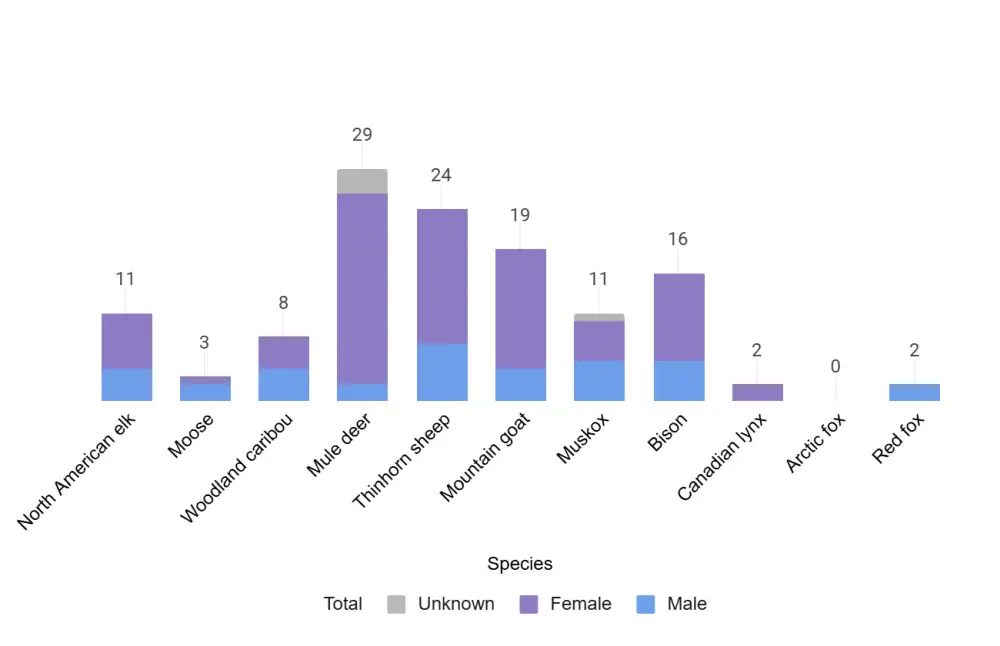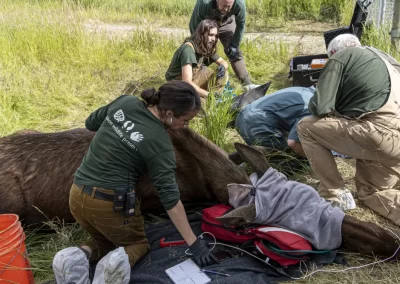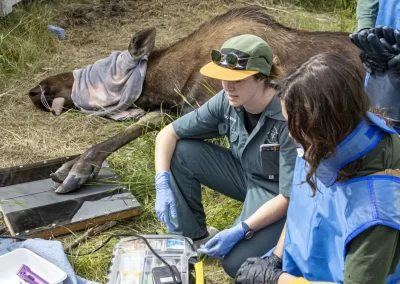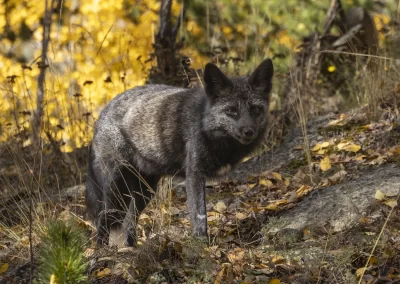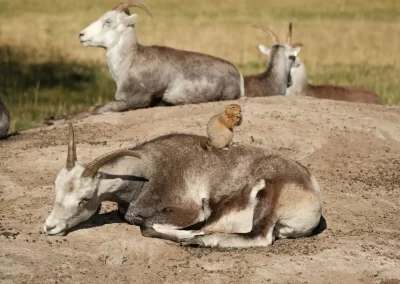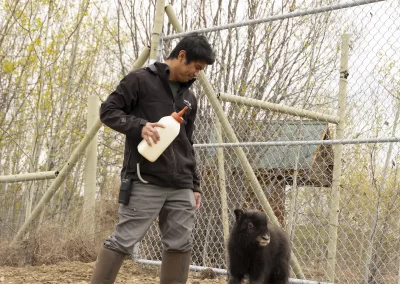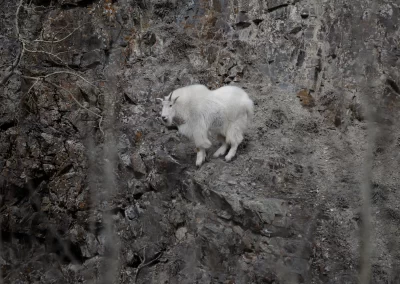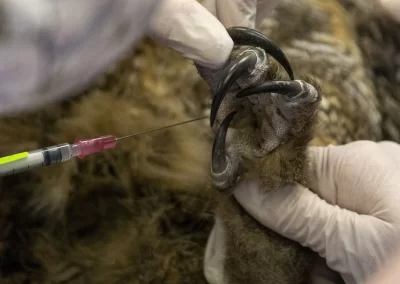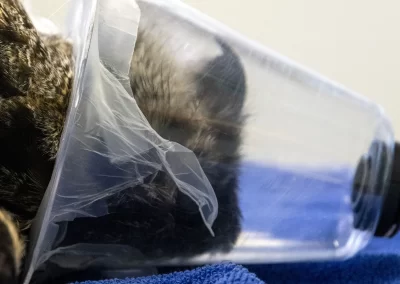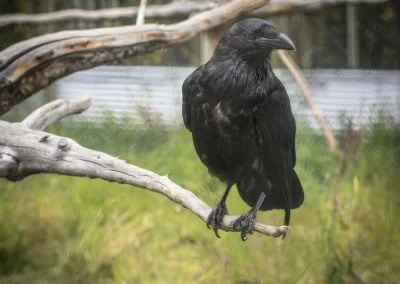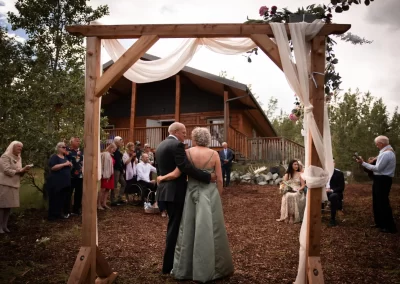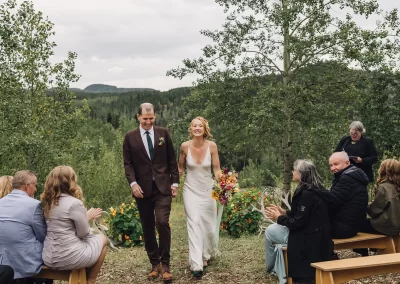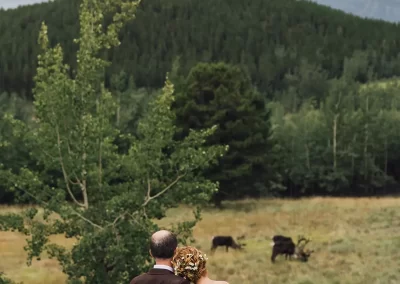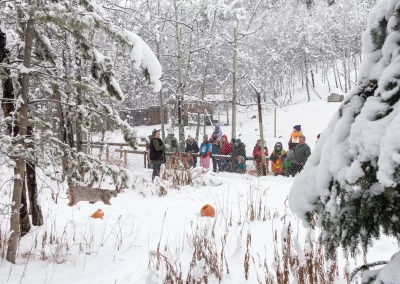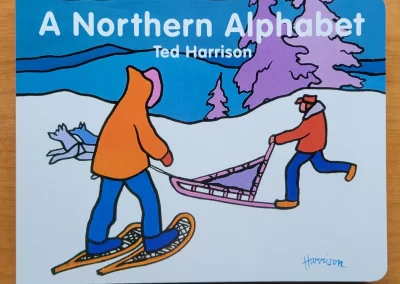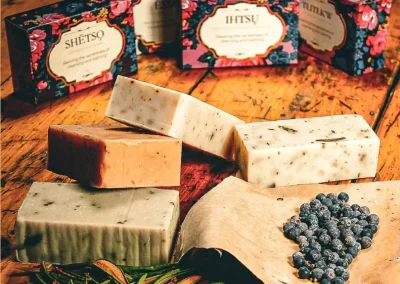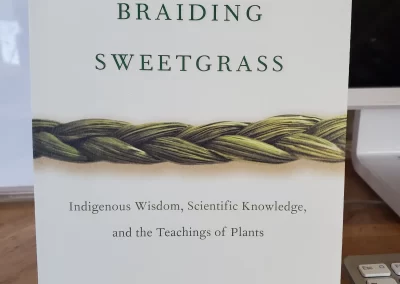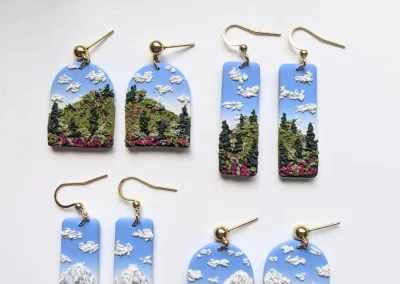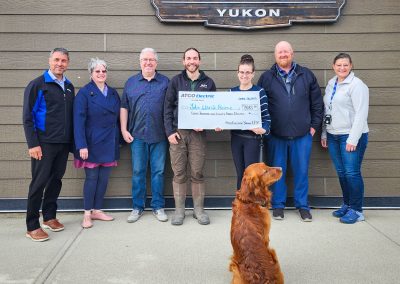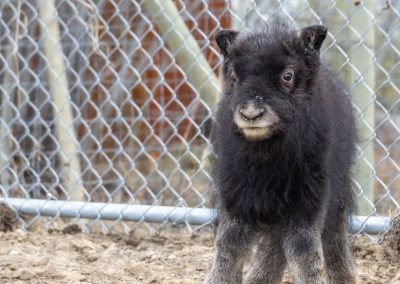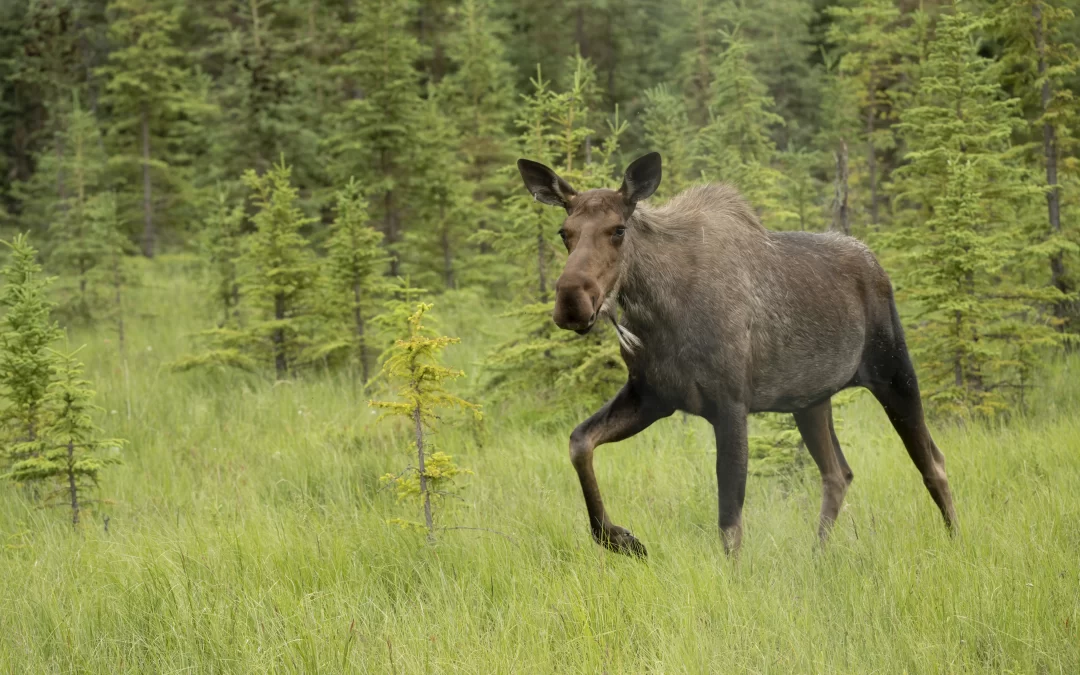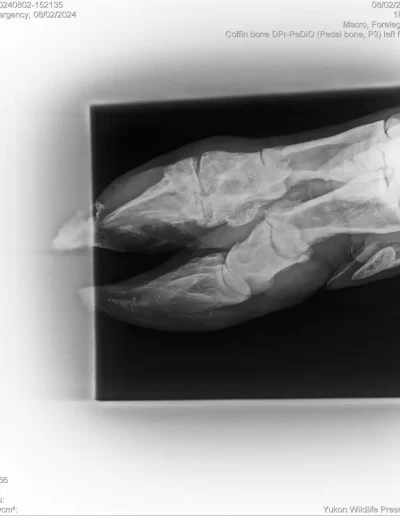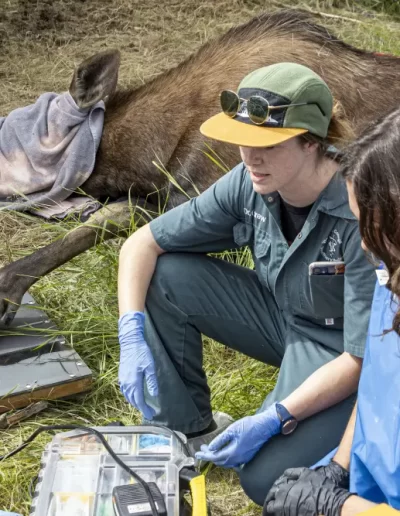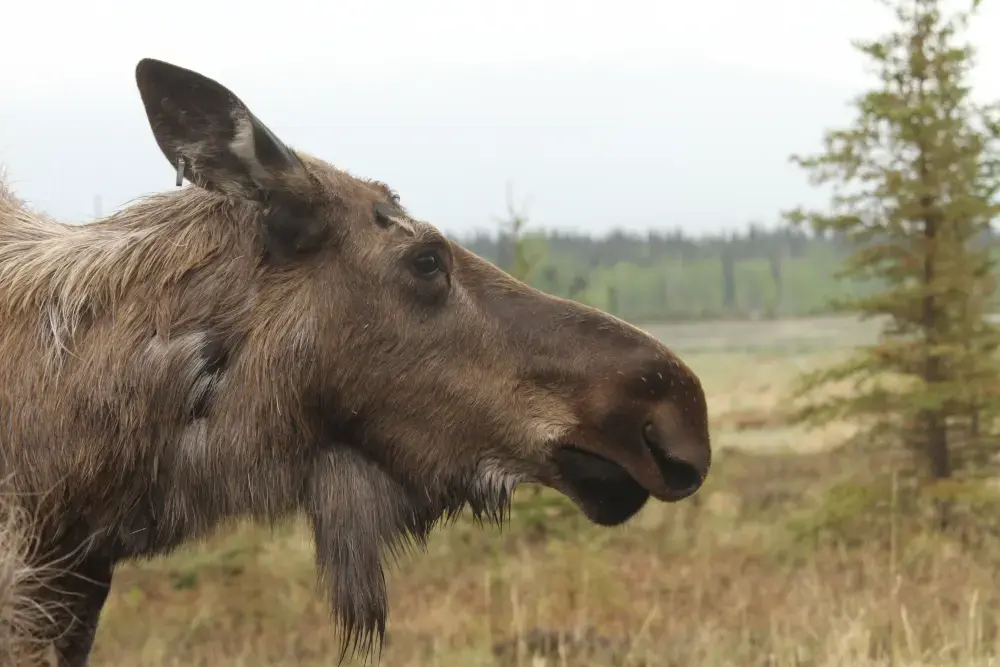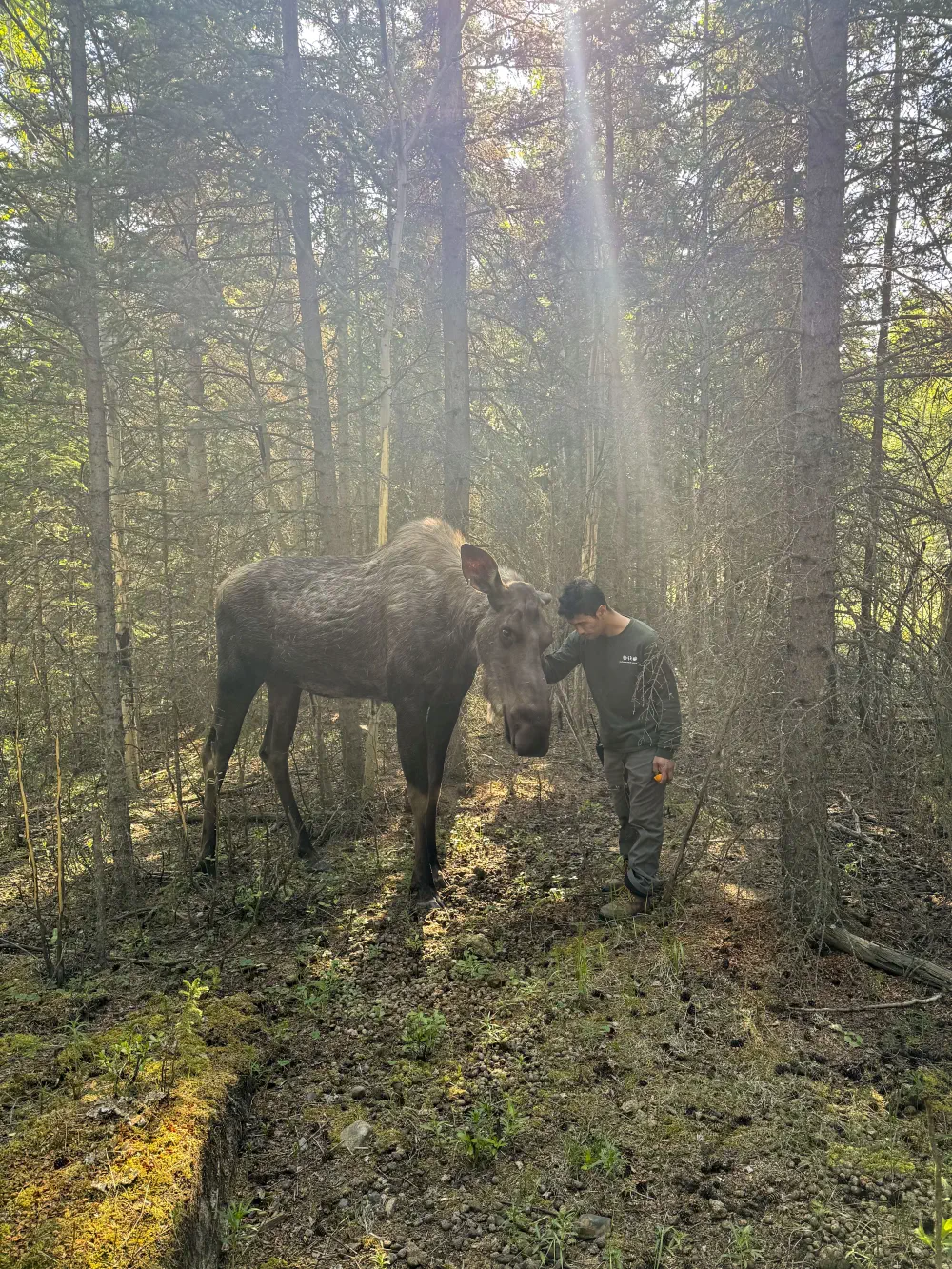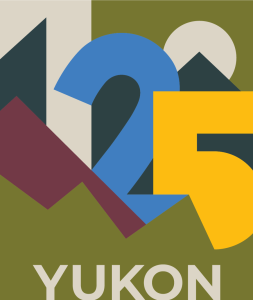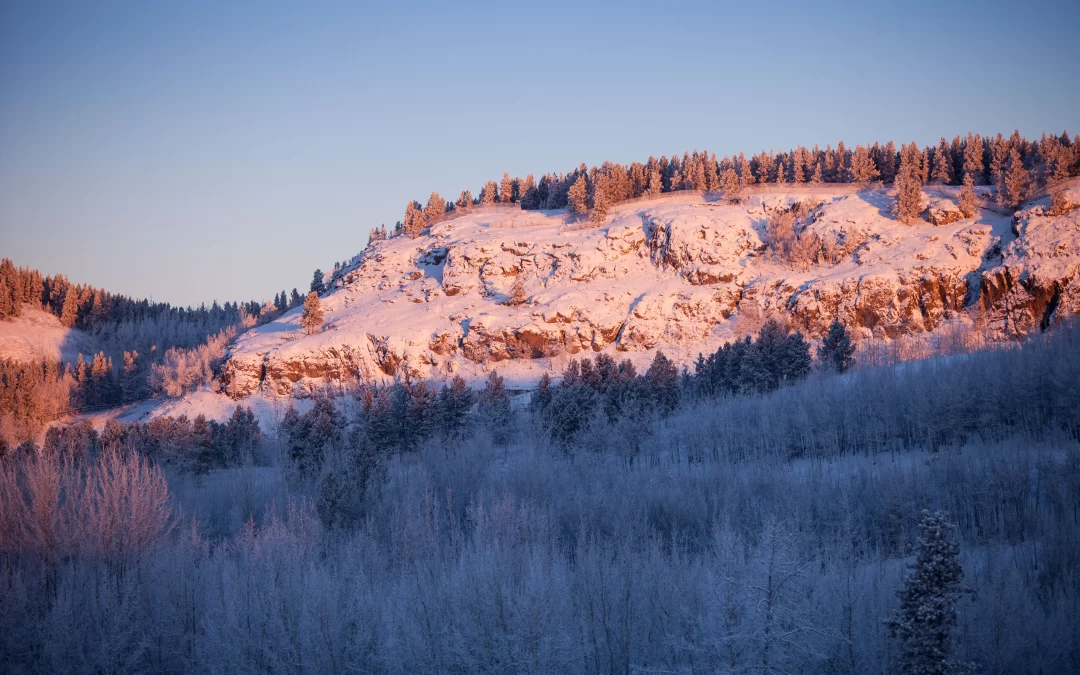
Annual Report 2024-25
Annual Report 2024-25
AGM Details
- Wednesday, July 7th 2025 | 12pm-1pm YST
- Online and In Person
About the Preserve in 2024-25
Our Mission (New in 2025)
The Yukon Wildlife Preserve is a non-profit, charitable organization. The Perserve is operated under the full name of the Yukon Wildlife Preserve Operating Society (YWPOS).
The YWPOS Board adopted a new mission and values in January 2025.
Mission
The Yukon Wildlife Preserve cultivates reciprocal, respectful relationships between people and the natural world through accessible, impactful experiences with northern wildlife and landscapes.
“Reciprocal, respectful relationships” broadens the concept of “conservation” to express a more holistic, Yukon approach to environmental stewardship that emphasizes balance and our interconnectedness with nature. “Cultivate” emphasizes intentional effort, preparation, and active involvement over time.
We feel a deep responsibility to honour the gifts wildlife provide us and affect meaningful change in our world.
Core Values
Uniquely Yukon
We’re proud of doing things differently. Together, we explore and celebrate the diversity of ways Yukoners coexist with wildlife and the natural world. The Preserve’s natural setting puts people at ease and enables mindful, reflective, and sometimes healing experiences with the land and wildlife.
Awe, Curiosity and Learning
Experiencing wildlife is powerful. We want to ignite the spark that leads to lifelong passion for learning about our natural environment and appreciating and stewarding wildlife. We also strive to be rigorous in what we, and others, can learn (and then share) from nature.
Stewardship
We have one planet. At the Preserve, stewardship starts with providing a high standard of animal welfare. In addition to reducing our negative impact on the planet, we strive to support biodiversity and natural processes, both at the Preserve and beyond.
Yukon First Nations
The Preserve is located on the Traditional Territories of the Kwanlin Dun First Nation and Ta’an Kwach’an Council, and the species at the Preserve have home ranges on the traditional territory of all of Yukon’s 14 First Nations. We acknowledge our place in a complex history of colonization and displacement. We recognize our responsibility to learn and renew our relationships with Yukon’s First Nations Peoples based on the recognition of rights, respect, and partnership.
Our Team
People are the heart of the Preserve. Wherever we meet people along their journey, we want to build relationships and create opportunities for growth and development. We are committed to fostering a safe, inclusive, and respectful work environment where every team member contributes to our success.
Our Board and Committees
The YWPOS Board in 2024-25 included:
- Michael Bennett, President
- Shawna Warshawski, Vice-president
- Bonnie Love, Treasurer
- Kirk Cameron
- Justine Benjamin
- Chantel Niven (joined spring 2025)
- Alexandra Tait (President, stepped down in fall 2024)
- Melissa Croskery, (Secretary, stepped down in spring 2025)
The YWPOS board typically meets approximately 6 times each year.
The board is responsible for several key committees that provide oversight and support to various aspects of operations. These include:
Executive Committee – works closely with the Executive Director on a regular basis – meets monthly. Current Committee members:
- Michael Benett, President
- Shawna Warshawski, Vice-president
- Bonnie Love, Treasurer
- Jake Paleczny, ED
Animal Care Committee – oversight and support on care and management of the collection – meets monthly to quarterly depending on need. Current committee members:
- Justine Benjamin (chair)
- Jan Moeller (Animal Care Manager)
- Dr. Cassandra Andrews (YWP Veterinarian)
- Dr. Julianna Campbell (YWP Veterinarian)
- Jane Harms (Chief Veterinary Officer)
- Randy Hallock (Manager of Outdoor Operations)
- Bill Klassen
- Dave Mossop
- Jake Paleczny
Education Interpretation Committee – assists on education and experience based projects – meets as required. Committee members:
- Shawna Warshawski (Chair)
- Neil Tracey
- Lindsay Caskenette
- Jake Paleczny
Research Committee – reviews research proposals and makes recommendations to the board – meets as required. Committee members:
- Dave Mossop
- Fiona Schmiegelow
- Jake Paleczny
- Justine Benjamin
- Rebecca Carter
Other ad hoc committees and work groups are formed as required to tackle specific projects!
Learn more about the YWPOS Board, Board Committees, or connect with the board.
Our Staff
The YWPOS Management Team included:
Jake Paleczny, Executive Director/CEO
Randy Hallock, Manager of Outdoor Operations
Jan Moeller, Animal Care Manager
Lindsay Caskenette, Manager of Visitor Services
Neil Tracey, Manager of Education and Programming
Learn more about everybody on the YWP staff team and get in touch.
President’s Report
The past year has brought a lot of change to YWP. We said thank you and farewell to Alex, our long-time Board Member and President, as well as Board Member, Melissa. We also welcomed new Board Member, Chantal. We continue to look for enthusiastic and committed people who want to make a difference to join us.
The Board and Management team are continuing to work on a new three-year strategic plan as we look towards the future of your Preserve and how we make it an even better place to visit, learn and spend quality time in nature with family and friends. The first stage of this work was updating our Mission and Values. I would like to extend a special thank you to the members of our management and staff whose input was instrumental in creating these new elements that will be the foundation of everything we do going forward.
One of the most significant initiatives associated with our new Values is to increase engagement and reconciliation with Yukon First Nations. We acknowledge the history of the Preserve and appreciate that the Preserve is located on the Traditional Territories of the Kwanlin Dun First Nation and Ta’an Kwach’an Council. We recognize the species at the Preserve have home ranges within the traditional territories of all of Yukon’s 14 First Nations. We are committed to incorporating the histories and traditional teachings of Yukon First Nations into our educational programs and tours, while recognizing the cultural importance of the connection to the animals and the land where the Preserve resides on.
We have been very fortunate this year to have received financial donations from many of you, for which we are incredibly grateful. Contributions big and small all enable us to help injured and orphaned wildlife through the only wildlife rehabilitation program in the Yukon. With several new and ambitious projects on the horizon, we look forward to this critical community support continuing and the development of strong corporate partnerships.
In the coming weeks, we hope to share some exciting news about an important northern species making its return to the Preserve and the construction of a new enclosure to house these new friends. This will also be one of the first corporate partnership opportunities we will be speaking to the business community about.
This is an exciting time at the Preserve, and we appreciate the continued support and enthusiasm of our Members, participants in our camps and special events, and visitors from near and far.
Michael Bennett
President, Yukon Wildlife Preserve Operating Society
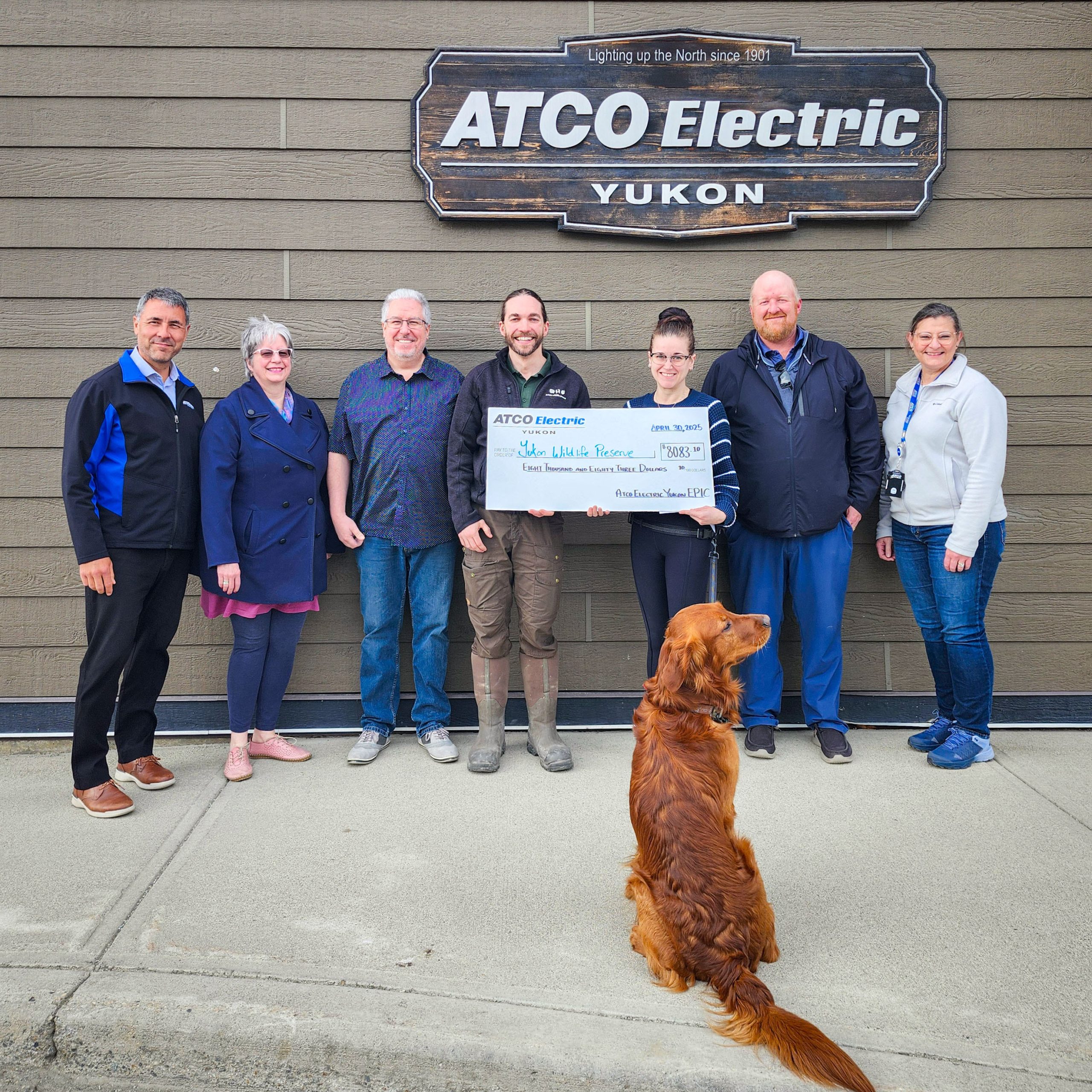
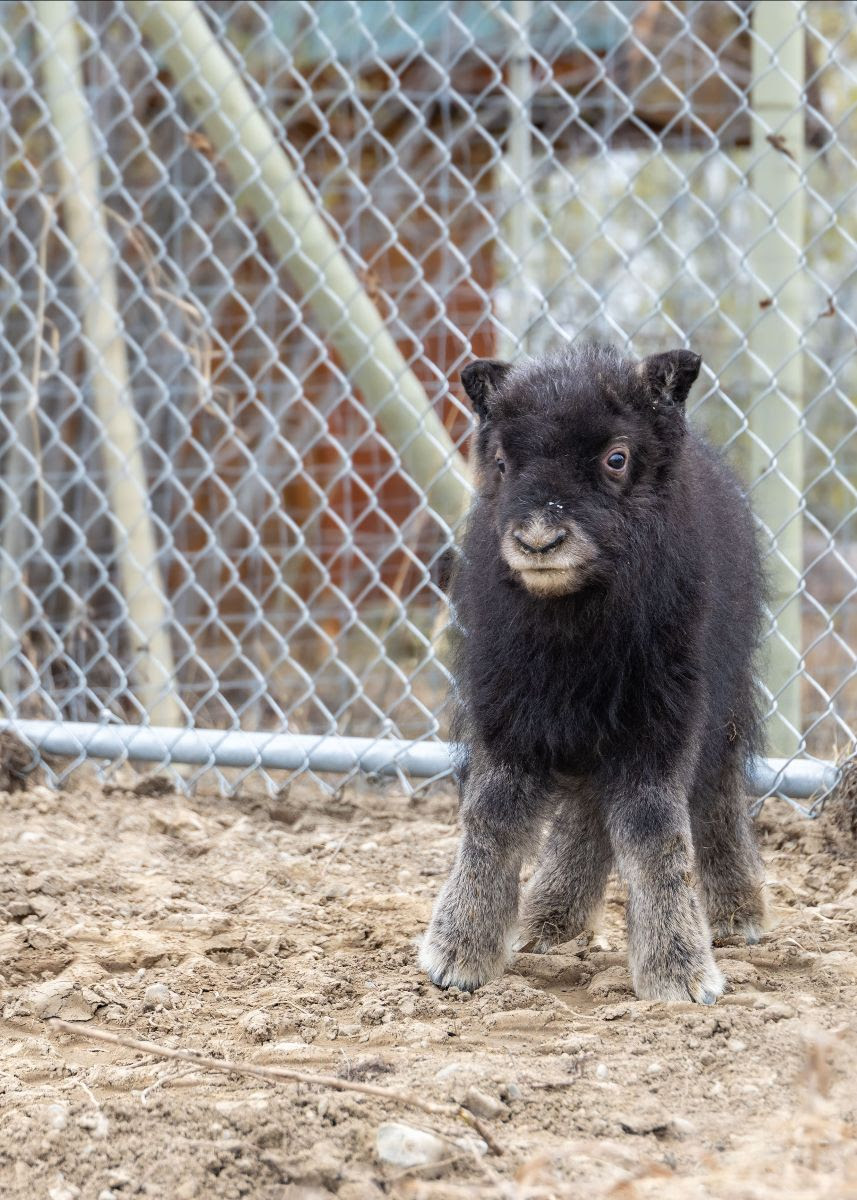
Treasurer’s Report
Yukon Wildlife Preserve’s financial statements once again show our organization in a healthy financial position. In reviewing the Statement of Operations, you will note that our revenue from operations continues to increase year over year reflecting continued demand for our product and the love and support of the Yukon Wildlife Preserve. Our core funding from the Yukon government Department of Environment has remained static for operations and decreased slightly for capital repairs. This funding is critical to maintaining our organization and is targeted on the well being of the animal collection. Our expenditures track well with only small variances in some spending areas. The Statement of Financial Position indicates a good position with our cash reserves and investments at a safe level to deal with a potential emergency.
Our annual audit was performed by Peter Woodruff of Crowe MacKay; our financial information and operational information met the standards of their review and no concerns were identified. I would like to thank our Executive Director and Insyte Business Solutions for the excellent care and diligence they have given to budget management and the financial operations of the Yukon Wildlife Preserve. Our budget for the coming year plans for another successful year!
Thank you
Bonnie Love, Treasurer
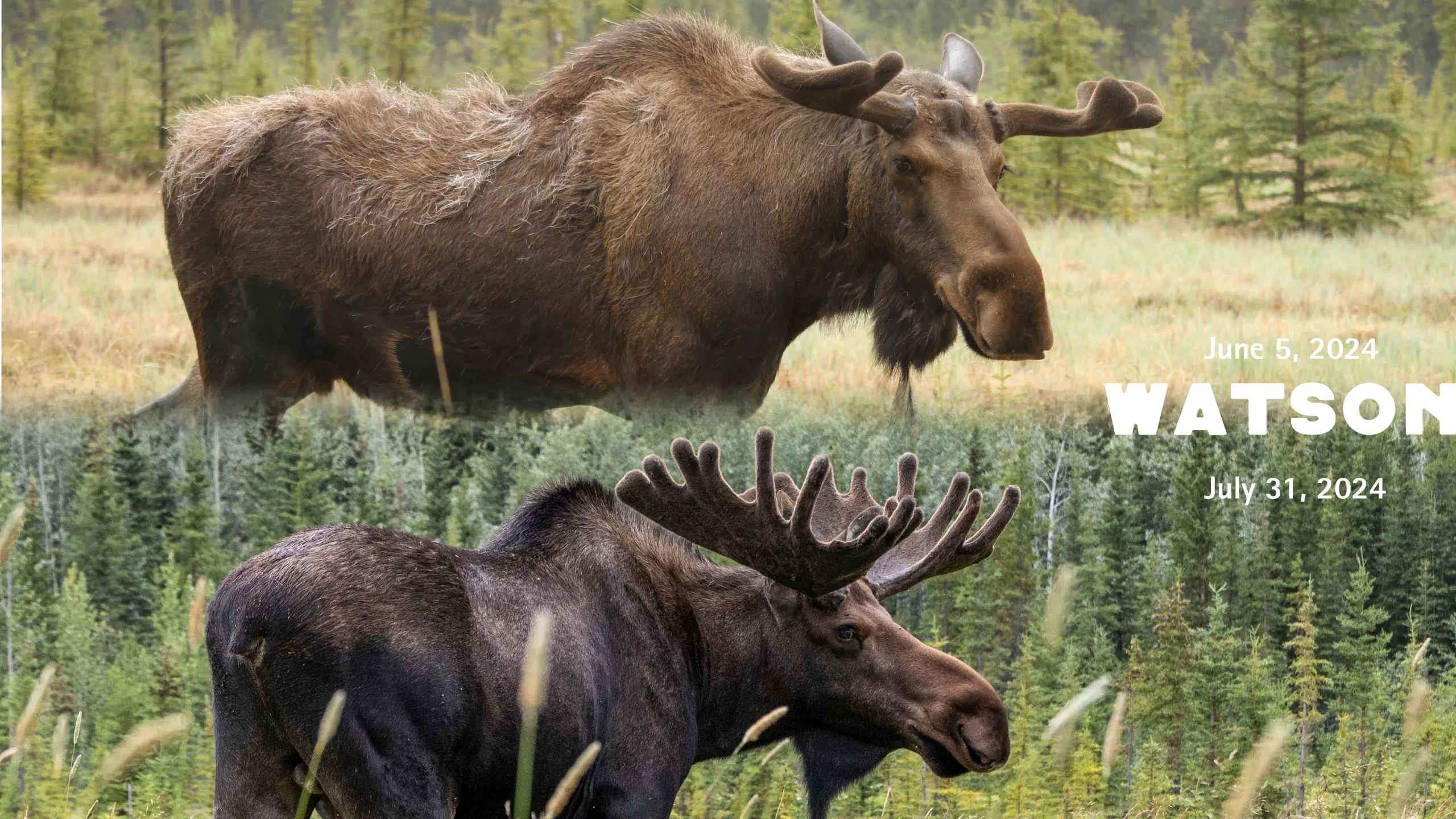
Executive Director’s Report
It is with pride and gratitude that I’m able to report on the accomplishments of this last year. There are three themes that stand out.
First, is a series of enhancements focused on visitor experience. The new muskox all-persons trail opened up new viewpoints and ways to explore. We also added a warming wall tent to provide our visitors a real Yukon solution for getting out of the weather a warming up on cold winter days! And of course this was the first full year of fat bike rentals, which have been a real hit (as you’ll read below).
Second, we were fortunate to be able to make a series of upgrades to tools, supplies and equipment to help us do more. There were things like more radios (our team keeps growing), a camera to help us show off more, a vibrating post-pounder that cuts installing a single fence post from 15-20 minutes to 2 minutes (!!!), and of course fencing supplies. Although these things may not sound particularly exciting, they give my team the ability to take the Preserve to the next level, and that’s no small thing!
Third, we did some important planning work behind the scenes to set up the Preserve for success in the coming years. That included our new mission and values – something I’m particularly proud of. We also began the strat planning process (more to come on that soon). The Education Committee was also quite busy working on an Education, Interpretation and Communication Plan for the YWP. So although I can’t yet share the new plans, a lot of important ground work has now happened. And I’m really looking forward to sharing it with you soon!
None of this would be possible without our team. I’m so grateful to be surrounded by an incredibly talented, passionate team. Their passion, heart and hard work make this place one-in-a-million.
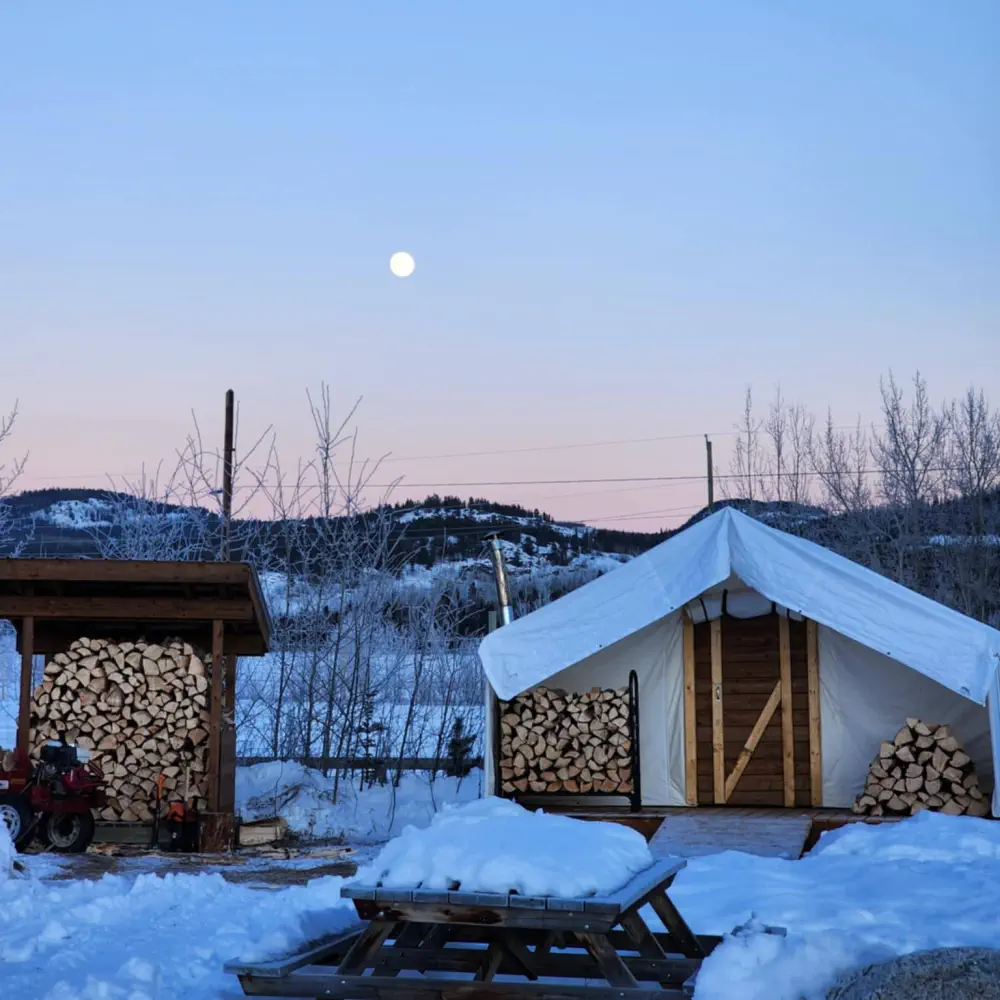
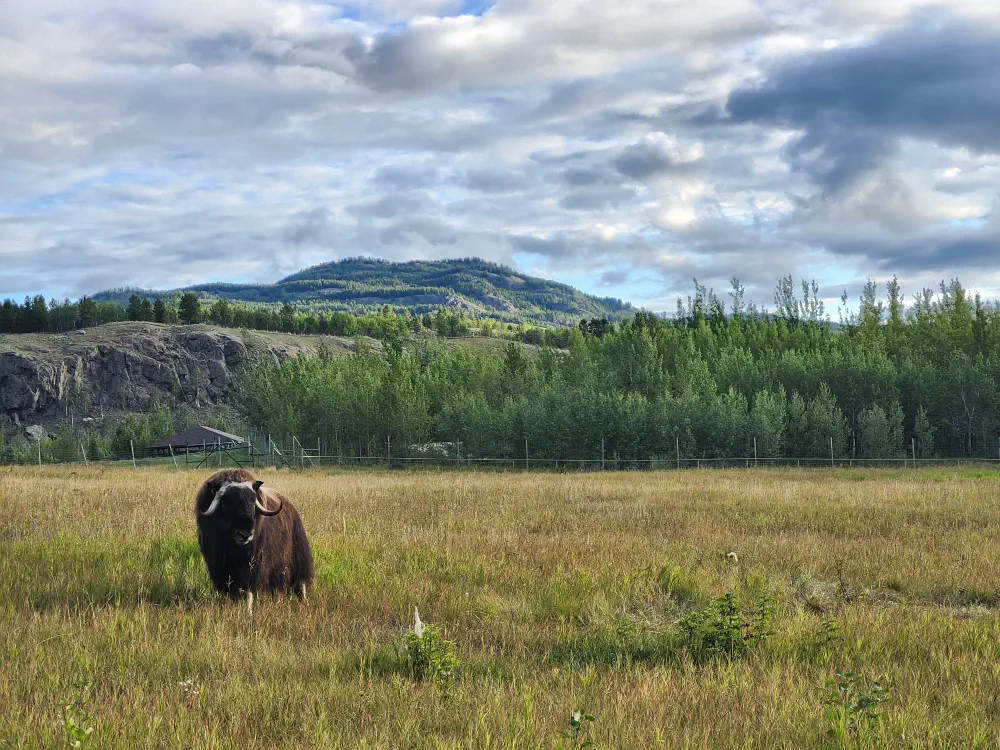
Operations Report
Some of the highlights from the Outdoor Operations Department include:
Spring (April – June)
- Watering
- Spring clean up and assisting AC with cleaning of pastures
- Muskox Trail: built bridges over ditch and removed top soil
- Clearing dead underbrush from winter moose pasture
- Mowing foxtail
- Hooked up new fuel tank and serviced burners on incinerator
- Got electrician out to fix issues in AC building, office and incinerator
- Replaced new outhouse at crossroads
- Installed kicksled/fatbike storage tent at front
Summer (July – September)
- Mowed foxtail
- Participated in chemical immobilization course
- Replaced section of muskox bull fence and added bumper rail
- Supported AC on cleaning, moving animals and in field procedures.
- Installed warming wall tent at front
Fall (October – December)
- Supported AC on cleaning, immobilizations and watering (during freeze up)
- General clean up
- Built wood shed for Wall Tent at front parking lot
- Inspecting fences
- Moved Mule Deer Fence in large habitat – in preparation for moving Elk from front habitat into large mule deer field
- Cut and painted pipe
- Plowing snow and cleaning out gates
- Packing/grooming trails
Winter (January – March)
- Plowing snow
- Check and repair of perimeter fence
- Clearing on perimeter fence access roads (excavator and bulldozer)
- Building tree protection for new elk habitat
- Coordinating MPVI inspections on passengers vehicles and repairs to trucks
- Ordered 20 rolls of fence
- Installed new fence line in moose along lake road (to mitigate fence leaning)
- Interview and hired summer staff
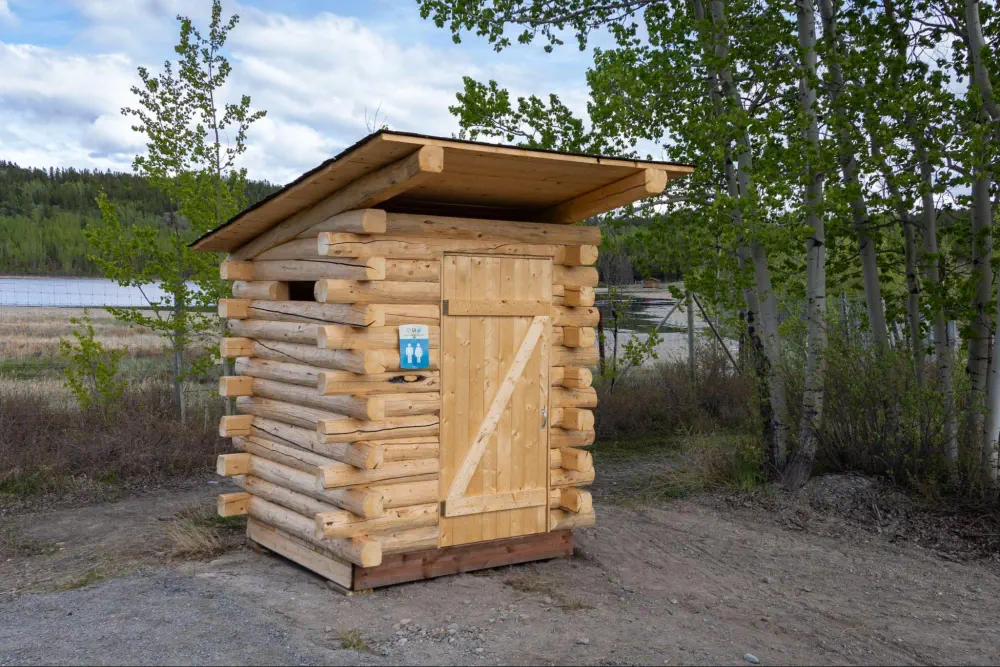
Above: new outhouse installed at the Crossroads.
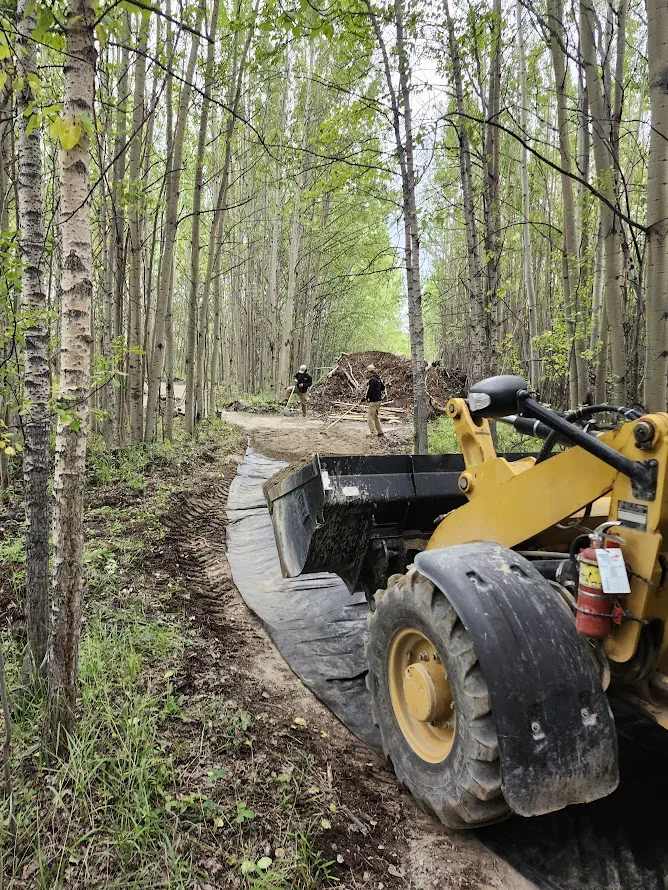
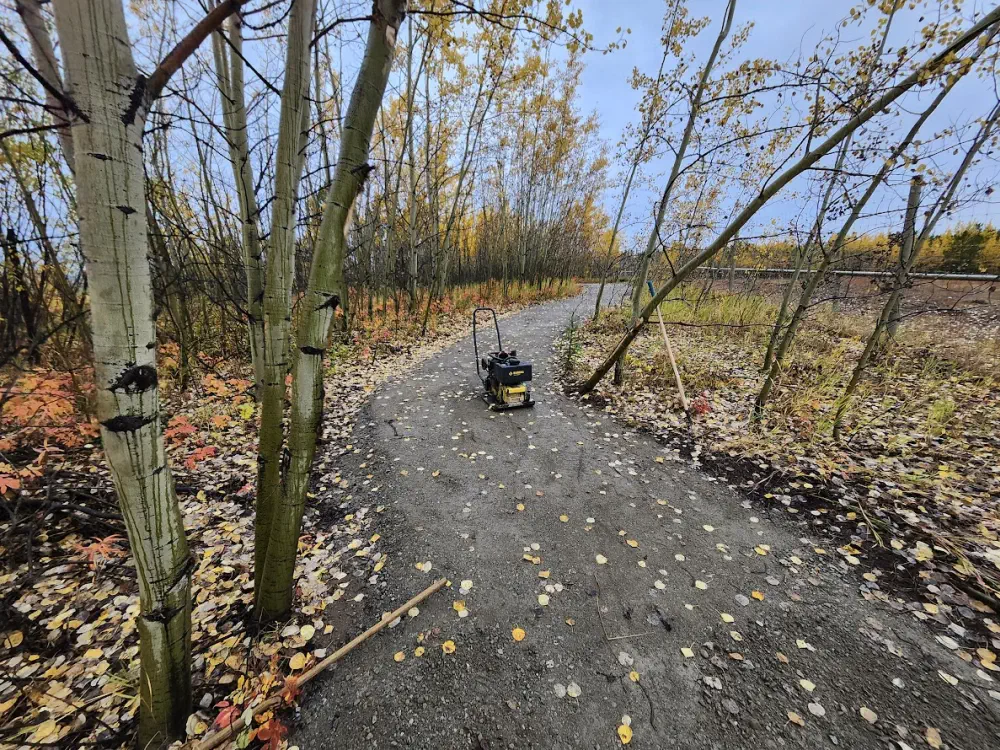
Above: The muskox trail takes shape. The finished all-persons trail opens up new views of the male muskox. Below: Rural Roads program updates drainage in a few key areas at the YWP.
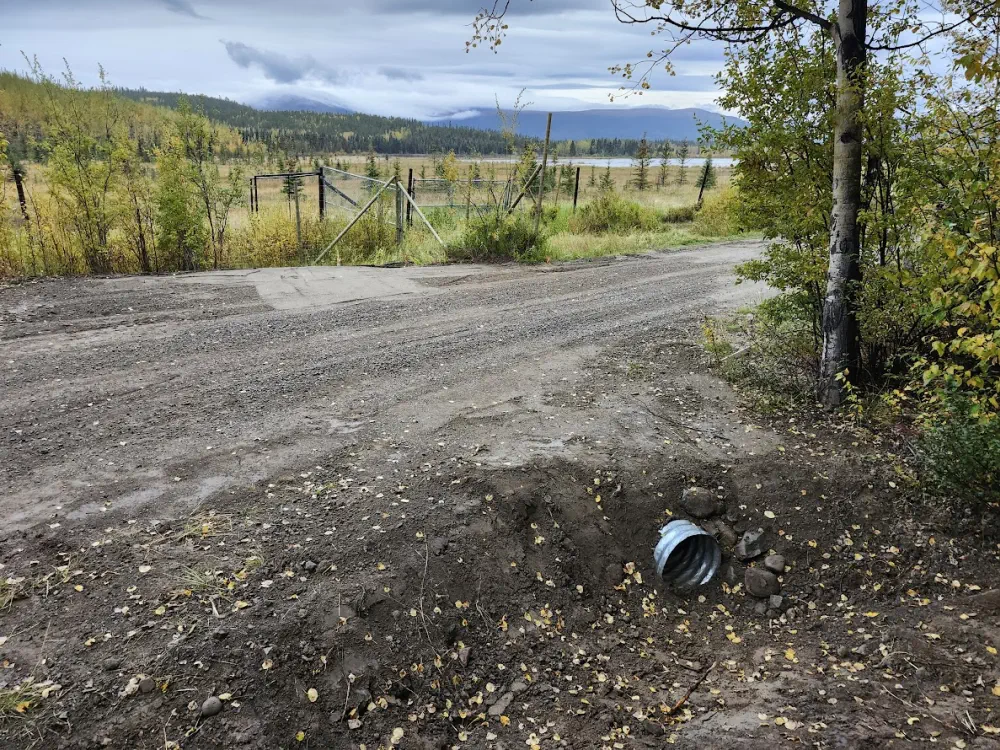
Other Updates:
In February 2024, Dr. Maria Hallock left the Preserve. We want to thank Maria for her tremendous work, dedication, and all she has taught us.
Dr. Maria filled the roles of both Animal Care Manager and Veterinarian. With her departure, the roles were split. Jan Moeller stepped up into the role of Animal Care Manager. The Preserve is now working with Amber Antler Vets (Dr. Cassandra Andrews and Dr. Julianna Campbell), who provide veterinary care to both, our Collection and Rehabilitation animals. Both Dr. Cassandra and Dr. Julianna worked for Dr. Maria as summer veterinary students at the Preserve!
Breeding Plans
In fall/winter 2023-24 we bred the following species:
- Bison (Spring 2024: 1 calf)
- Muskox (Spring 2024: 1 calf)
- Caribou (Spring 2024: 1 calf)
- Mule deer (Spring 2024: 6 fawns)
- Lynx (no kittens yet)
We plan to breed the following species this fall. Others may be added to the list depending on success this spring / summer:
- Bison
- Elk
- Thinhorn sheep
Welcomes and Goodbyes
From April 1, 2024, to March 31, 2025, we welcomed some new arrivals to our collection and had to say goodbye to some animals. It is always tough to lose an animal. We see our collection animals slowly aging and thus, we had to say goodbye to more animals. We hoping to see breeding efforts succeed so we can welcome new babies!
 |
Elk |
We lost one buck, one does and one fawn. We celebrated the birth of five fawns. |
 |
Caribou |
We lost 2 cows. We celebrated the birth of two bulls. One bull made the move to BC Wildlife Park in Kamloops, BC and is thriving in his new home. |
 |
Mule Deer | We lost one buck and one doe. |
 |
Thinhorn sheep | We lost three rams and one ewe. |
 |
Mountain goat | We lost one nanny. |
 |
Muskox | We lost two calves and had one successful birth. |
 |
Bison |
We lost two bulls and one cow. We celebrated the birth of one bull and one cow. |
 |
Arctic fox | No updates. We have continued to search for Arctic Foxes to bring in, however, we have not yet been successful. |
 |
Red fox | Archie joined us from BC. Read more about Archie! |
Wildlife Rehabilitation Report
This chart shows all arrivals between April 1, 2024 – March 31, 2025. Current status includes all known outcomes up to June 19, 2025.
| Common Name | Released | Deceased | Still in Care |
| American Herring Gull | 1 | 0 | 0 |
| American Robin | 1 | 1 | 0 |
| American Tree Sparrow | 0 | 1 | 0 |
| Bald Eagle (read more and more here) | 3 | 0 | 0 |
| Bonaparte’s Gull | 1 | 0 | 0 |
| Great Horned Owl (read more) | 1 | 0 | 0 |
| Hermit Thrush | 1 | 0 | 0 |
| Common Raven | 1 | 0 | 0 |
| Rough-legged Hawk | 0 | 1 | 0 |
| Rusty Blackbird | 0 | 1 | 0 |
| Short-tailed Shearwater | 0 | 1 | 0 |
| Tundra swan | 0 | 2 | 0 |
| Arctic Ground Squirrel | 1 | 0 | 0 |
| Red squirrel | 5 | 0 | 0 |
| Snowshe Hare | 1 | 0 | 0 |
| Total | 16 | 7 | 0 |
This chart shows all arrivals between April 1, 2023 – March 31, 2024. Current status includes all known outcomes up to July 2, 2024.
| Species | Released | Deceased | Still in care |
| American Robin | 3 | 3 | 0 |
| Bald Eagle (read more) | 1 | 0 | 0 |
| Bohemian Waxwing | 1 | 0 | 0 |
| Great Horned Owl | 0 | 1 | 0 |
| Kingfisher | 1 | 1 | 0 |
| Lesser Scaup | 1 | 0 | 0 |
| Mallard | 5 | 3 | 0 |
| Mew Gull | 1 | 0 | 0 |
| Northern Shoveler | 0 | 1 | 0 |
| Ptarmigan | 1 | 0 | 0 |
| Raven | 1 | 0 | 0 |
| Red Crossbill | 1 | 2 | 0 |
| Sandhill Crane (read more) | 1 | 0 | 0 |
| Sparrow sp | 1 | 0 | 0 |
| Chickadee sp | 0 | 1 | 0 |
| Grebe sp | 1 | 1 | 0 |
| White-crowned Sparrow | 1 | 0 | 0 |
| White-winged Crossbill | 0 | 1 | 0 |
| Yellow-bellied Sapsucker | 1 | 0 | 0 |
| Brown Bat | 2 | 0 | 0 |
| Moose | 1 | 1 | 0 |
| Red Fox | 0 | 1 | 0 |
| Red Squirrel | 3 | 4 | 0 |
| Vole sp | 1 | 0 | 0 |
| Total | 28 | 20 | 0 |
This chart shows all arrivals between April 1, 2022 – March 31, 2023. Current status includes all known outcomes up to July 6, 2023.
| Species | Released | Deceased | Still in care |
| Carolina Chickadee | 1 | ||
| Mallard Duck | 2 | 1 | |
| Cedar Waxwing | 3 | ||
| Sparrow juv | 1 | ||
| Gull | 2 | ||
| Northern Pygmy Owl | 1 | ||
| White-winged crossbill | 1 | ||
| Northern Harrier | 1 | ||
| Swainson’s Thrush | 1 | ||
| Three-toed Woodpecker | 1 | ||
| Kingfisher | 1 | ||
| Tree swallow | 1 | ||
| Northern Hawk Owl | 2 | ||
| Red Squirrel | 21 | ||
| Raven | 1 | ||
| Arctic Ground Squirrel | 1 | ||
| Red fox | 1 | ||
| Total | 36 | 7 |
This chart shows all arrivals between April 1, 2021 – March 31, 2022. Current status includes all known outcomes up to June 13, 2021.
| Species | Released | Deceased | Still in care |
| Pine Grosbeak | 2 | 2 | |
| Mallard Duck | 1 | 2 | |
| Bohemian Waxwing | 2 | ||
| American Robin | 2 | ||
| Sparrow juv | 1 | ||
| Gull | 5 | 1 | |
| American Kestrel | 1 | ||
| Red Crossbill | 1 | ||
| Northern flicker | 1 | ||
| Pine Siskin | 2 | 1 | |
| Short Eared Owl | 1 | ||
| Northern Harrier | 1 | ||
| American Pipit | 1 | ||
| Junco | 2 | 2 | |
| Boreal Owl | 2 | ||
| Redpoll | 1 | ||
| Magpie | 1 | ||
| Tree Swallow | 1 | 2 | |
| Golden Eagle | 1 | 1 | |
| Northern Hawk Owl | 2 | ||
| Red Squirrel | 12 | 2 | |
| Moose | 1* | ||
| Snowshoe hare | 1 | ||
| Coyote | 2 | ||
| Total | 39 | 21 |
* This moose was released from the YWP’s rehabilitation program to join the main collection in fall 2021.
| Species | Released | Deceased | Still in care |
| Pine Grosbeak | 2 | ||
| Mallard Duck | 9 | 1 | |
| Bohemian Waxwing | 1 | 1 | |
| American Robin | 3 | 2 | |
| Sparrow juv | 2 | 2 | |
| Gull | 3 | ||
| Sharp Shin Hawk | 1 | ||
| Raven | 4 | ||
| Northern flicker | 1 | ||
| Spruce grouse | 4 | ||
| Kingfisher | 1 | ||
| Bald Eagle | 3* | 1 | |
| Lesser Scaup | 1 | ||
| Junco | 4 | ||
| Boreal owl | 1 | ||
| Yellow Billed Sapsucker | 1 | ||
| Magpie | 1 | ||
| Tree swallow | 14 | ||
| Golden Eagle | 1 | ||
| Frog | 1 | ||
| Red Squirrel | 11 | ||
| Moose | 1** | ||
| Total | 56 | 21 | 1 |
* Two of the three bald eagles were successfully released in May 2021.
** This moose was released from the YWP’s rehabilitation program to join the main collection in fall 2020.
| Species | Released | Deceased | Still in care / YWP Residents |
| American robin | 3 | 2 | 1 |
| Tree Swallow | 2 | ||
| Pine Grosbeak | 1 | ||
| Sparrow | 2 | ||
| Crossbill | 1 | ||
| American Kestrel | 1 | ||
| Northern Goshawk | 1 | ||
| Moose | 2 | ||
| Bald Eagle | 1 | ||
| Red Squirrels | 9 | 4 | |
| Hawk Owl | 1 | ||
| Snowshoe Hare | 1 | ||
| Red Fox | 1 | ||
| Total | 18 | 12 | 7 |
Animal Care Committee
The ACC is one of the Preserve’s most active committees – it provides oversight and support on care and management of the Preserve’s collection. The committee meets 4-8 times a year and provides recommendations to the board on a range of topics – including collection plan, animal care policies, aquisition and disposition of animals and more. To find out more or if you have expertise to contribute to this committee, reach out to jake@yukonwildlife.ca
Visitor Services Report
Visitation
We experienced a small dip in the 2024-2025 annual visitation compared to the couple years previous.
- Monthly visitation through 2024-2025 did not have any notable spikes or records except for December beating the previous record set in 2019-2020 by just 34 people.
- Only 5 of the 12 months in 2024-2025 beat the previous year’s visitation.
- Majority of our visitation is through General Admission: over 18,000 of the nearly 32,000 visitors.
- Guided Bus Tours (regular scheduled tours provided by YWP) and Bus Tours run by our Travel Trade Partners brought through almost 11,000 of the total visitation.

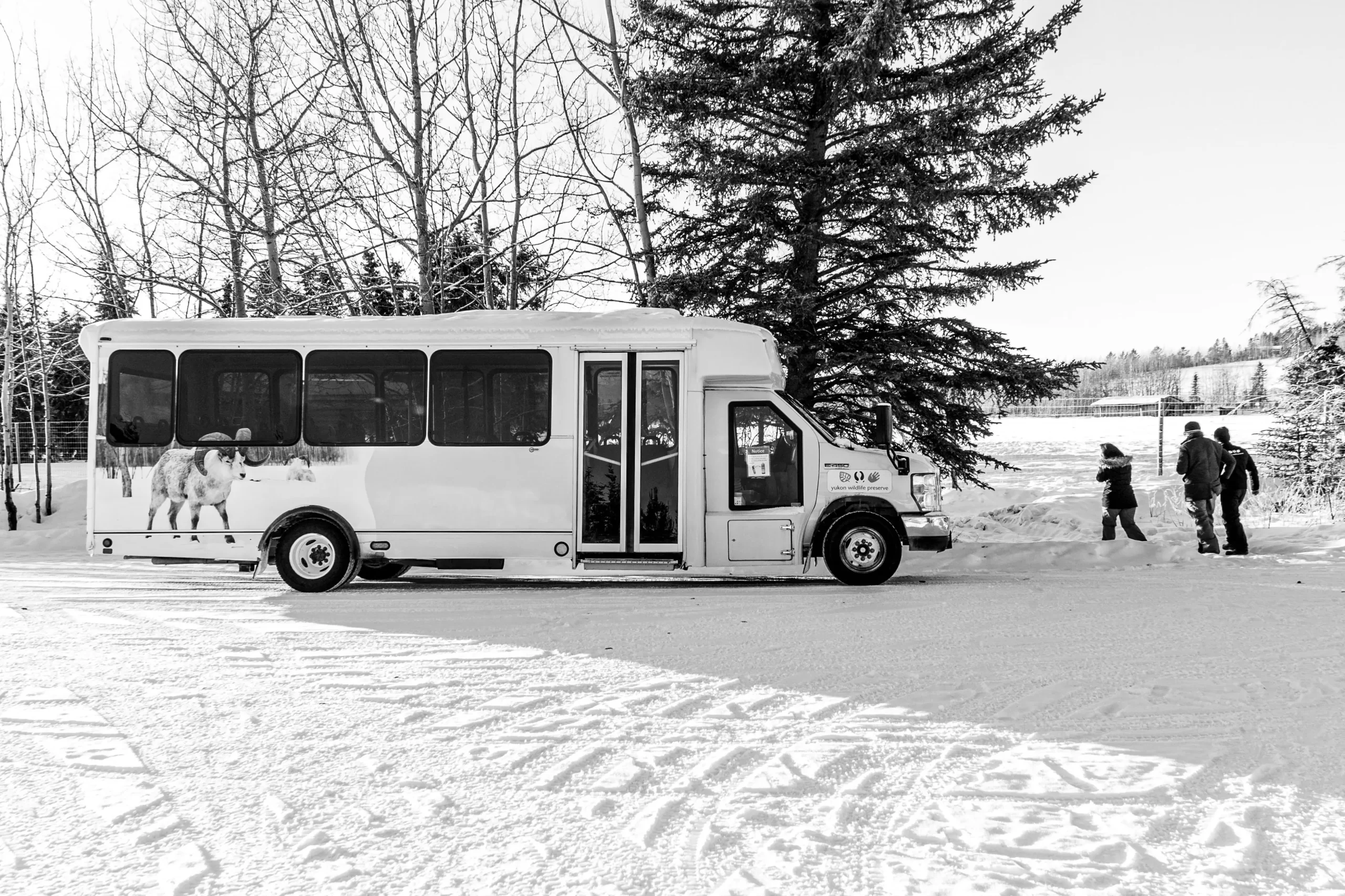
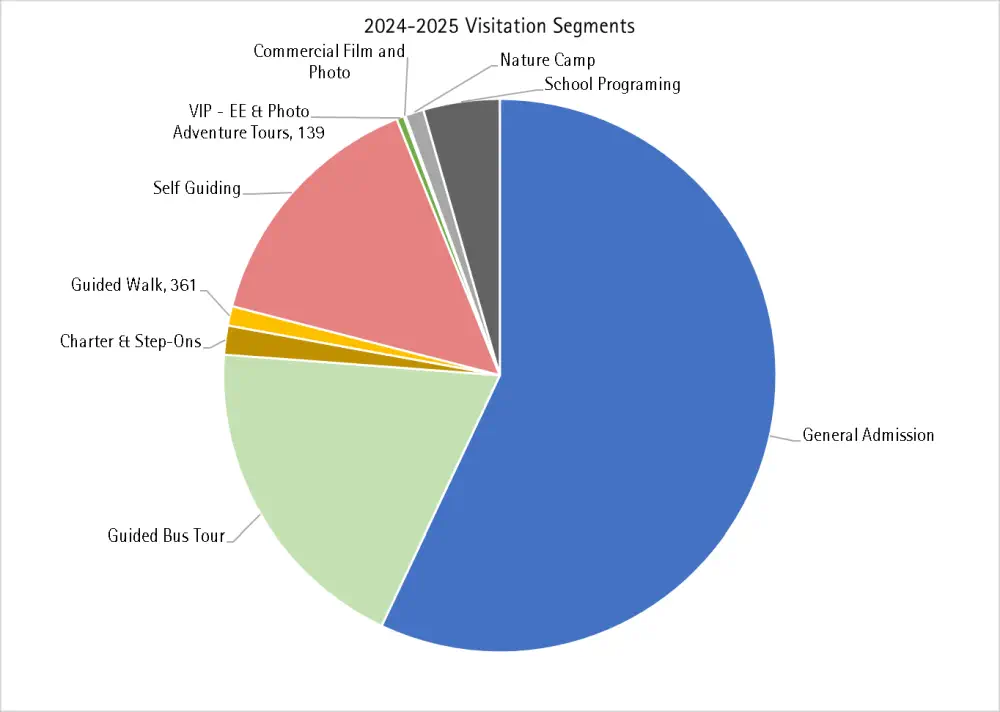
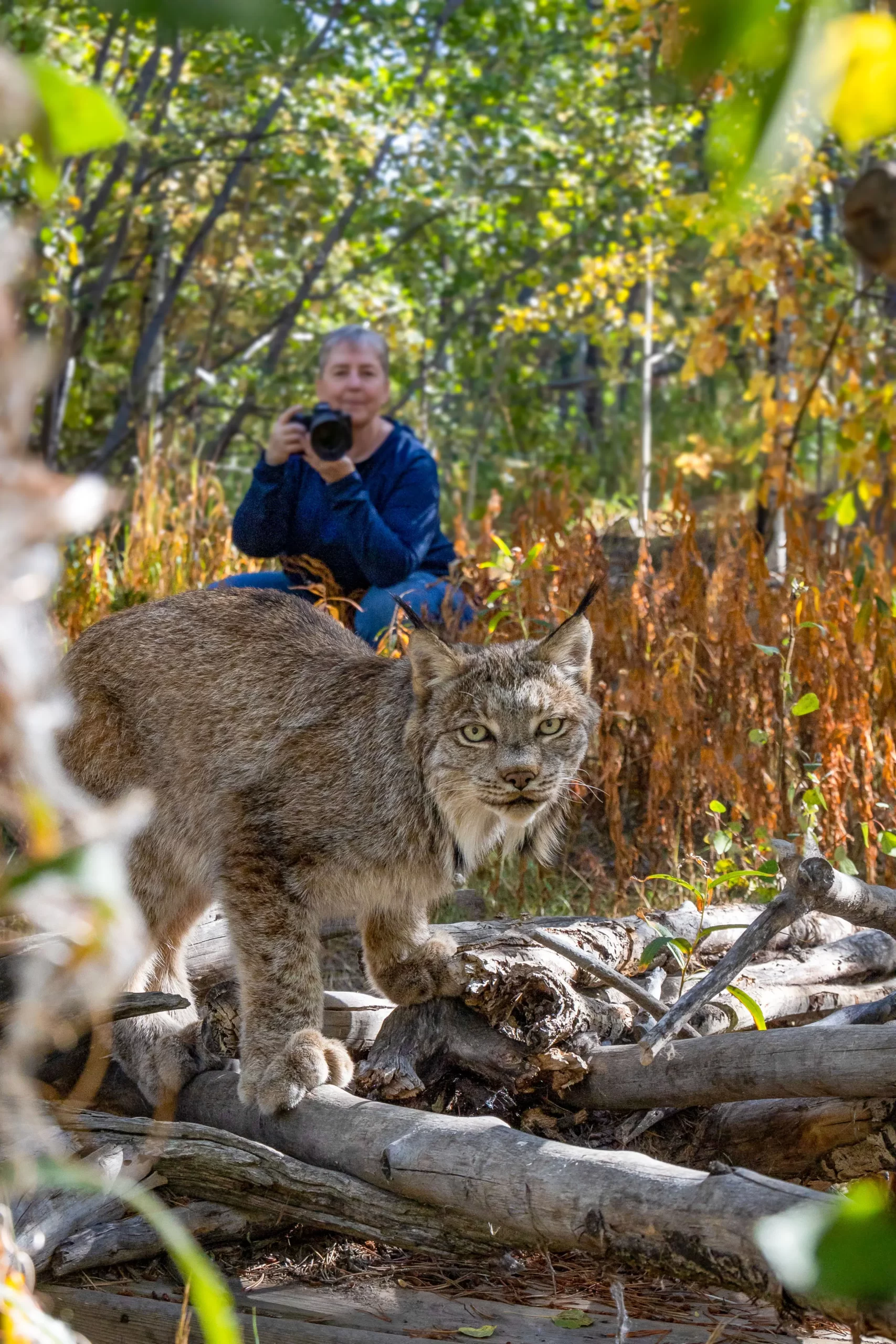

Special Visitation & Events
Summer 2024 the Preserve had not one but TWO weddings out of the Learning Centre. Our very own board member and long-time Preserve supporter, Bonnie, married at the Learning Centre and later in the summer Tedd Tucker and his partner experienced their ceremony, reception and in-habitat photo session – all at the Preserve.
Annual events including Halloween and Run Wild ran as usual. Halloween was quieter than expected due to adverse weather (a lot of snow) and competing with Canada Games Centre events. This year there was no Easter event as both the 2024 and 2025 occurred just outside of the included fiscal months but if we count 2024 event which occurred on the Saturday March 30th it was a well attended event of over 700 people – we moved the event from Monday to the Saturday and we believe this encourages more people to attend as not all have the Monday off work.
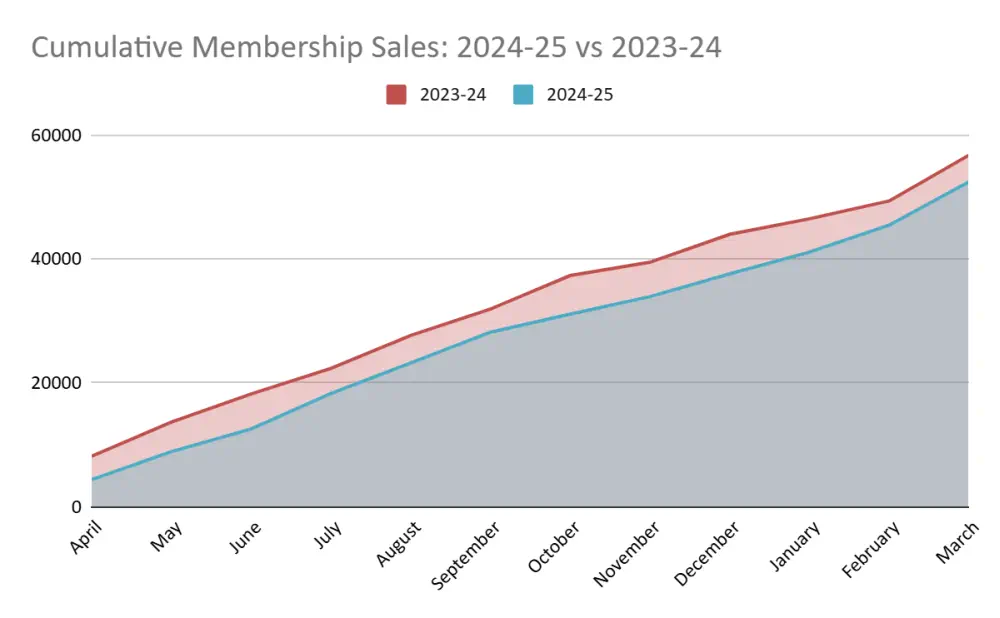
Membership
Membership sales were consistently under this year compared to last year. A POS change meant membership program management changes that impacted this revenue.
It’s worth noting that March 2025 saw higher revenue than March 2024—even though March 2024 included our Easter event, which typically boosts sales. At the end of this year, we invested in improved communications and membership data management in late February. As a result, we were able to send out renewal notices that hadn’t been possible before, leading to a noticeable increase in sales in March.
Retail
- Yet another milestone year! We had comparable visitation in 2023-24 and 2024-2025 but retail sales were 16% more this year.
- Overall annual per cap performance is $3.31 the highest annual per cap the Preserve has seen.
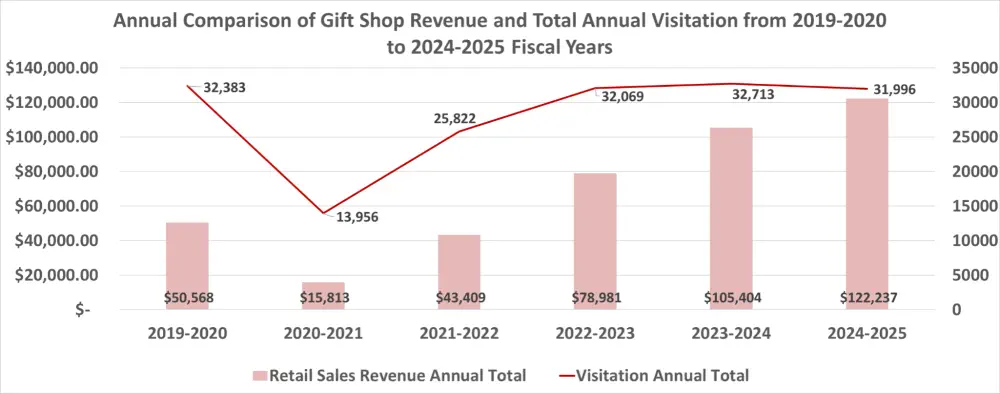

- This year also saw the highest ever monthly per cap of $4.89 in August where we sold over $22,000 in retail in one month.
- What was a bit surprising was the slower than expected sales in December.
- This year we added new products to our Little Gift Shop including Indigenous owned and operated, handcrafted Yukon soaps, we added new locally handmade polymer clay jewellery by Marijke Crafts, we added more unique diverse books including local authors, new stained glass and wood animal art pieces were added along with a new sticker and camp mugs by one of our favourite creators, Tedd Tucker.
Equipment Rentals – Kicksleds
A successful program to add onto the experience of visitors and develop a strong year-round revenue source.
Kicksleds:
- With a greater number of rental days this year compared to last year (about a month additional) we did just over $8K in rentals – or 451.
- We saw a decrease in rentals this year likely due to the new rental equipment option introduced in March 2024 – fat bikes!
- We opted to adjust pricing on our smaller size kicksleds since the previous year we did not rent a single small kicksled – this year we rented that size 16 times.
FatBikes:
- We soft launched March 19th 2024 with our first ever rentals on the 22nd.
- Over the year we rented our fleet of 11 fat bikes almost 700 times!
Interesting comparison:
While the introduction of fatbikes did in fact bring in more overall revenue to the equipment rental program (61.3% of total revenue), it’s interesting to note that the 35% revenue in kicksled rentals is throughout only 142 days where fat bikes could have been rented up to 360* days. *note there are around 5 days that we were closed to the public in the fiscal year.
Wagons:
- A fantastic, budget-friendly visitor support option that’s more than earned its keep—paying for itself 3x over in this fiscal year alone.
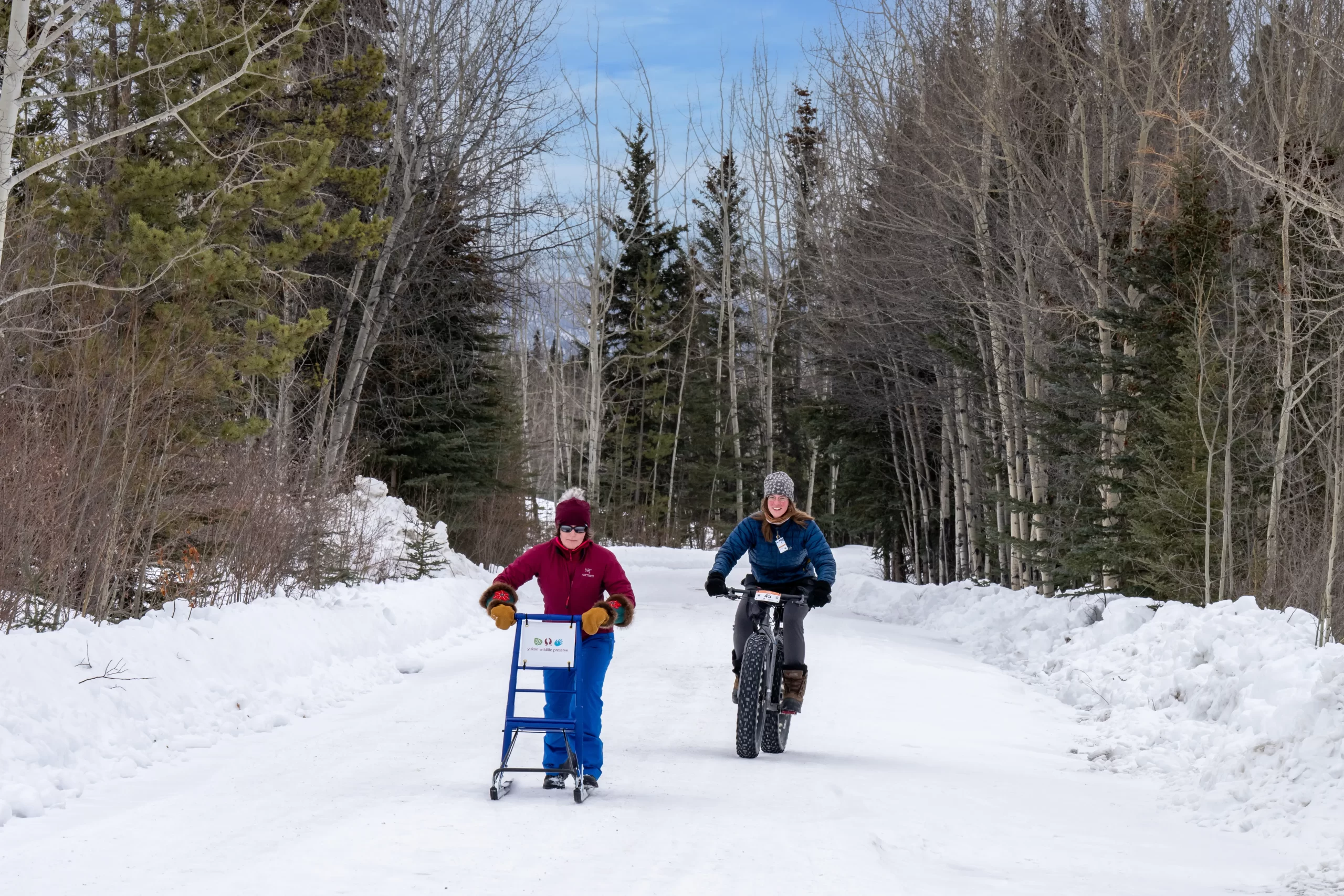
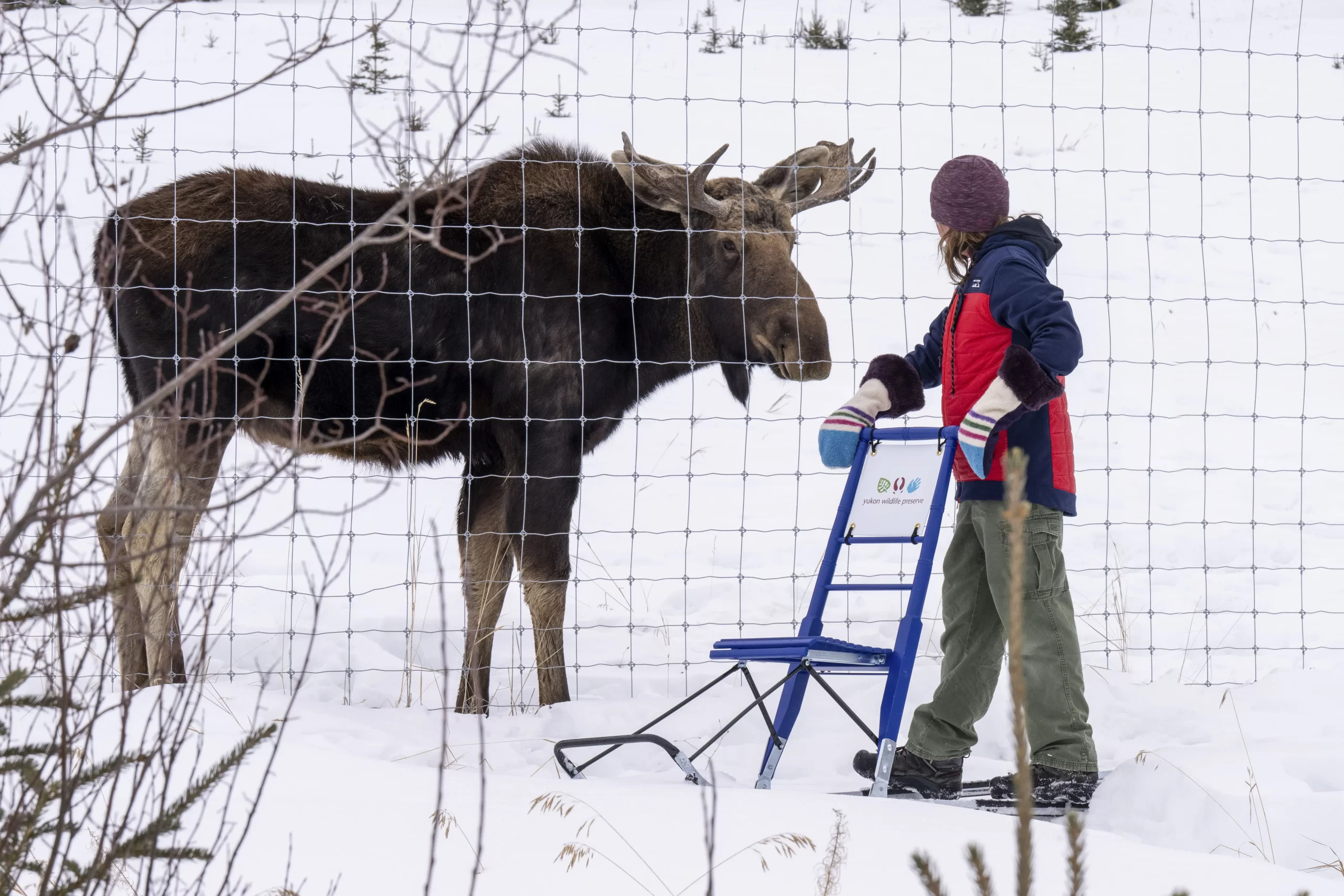
Education and Programming Report
After several years of staffing turnover, the Education and Programming team had a second year of stable staffing in FY24-25. The increased stability allowed the team to focus on growing programming offerings, especially in diversifying Nature Camps and School Programs.
Swan Haven School Programming – April 2024
Swan Haven programming is delivered under contract from the Yukon Government’s Department of Environment. Programs at Swan Haven are free to schools, with the Department of Environment providing funding for staffing and supplies. Programs for grades 2, 3, and 5 involved behavioural observations, indoor interactive experiments, and outdoor games. Students also get to see swans on M’Clintock Bay and the greater Marsh Lake area at a time when most Yukon waters are still frozen solid.
This year, the Education and Programming team adjusted the ways that programs were scheduled, leading to a record-setting attendance year. Attendance jumped 80% from April 2023, to a total of 694 students attending programs at Swan Haven in April 2024. This was achieved primarily through offering more flexible time slots to teachers, allowing more groups to attend programming each day.
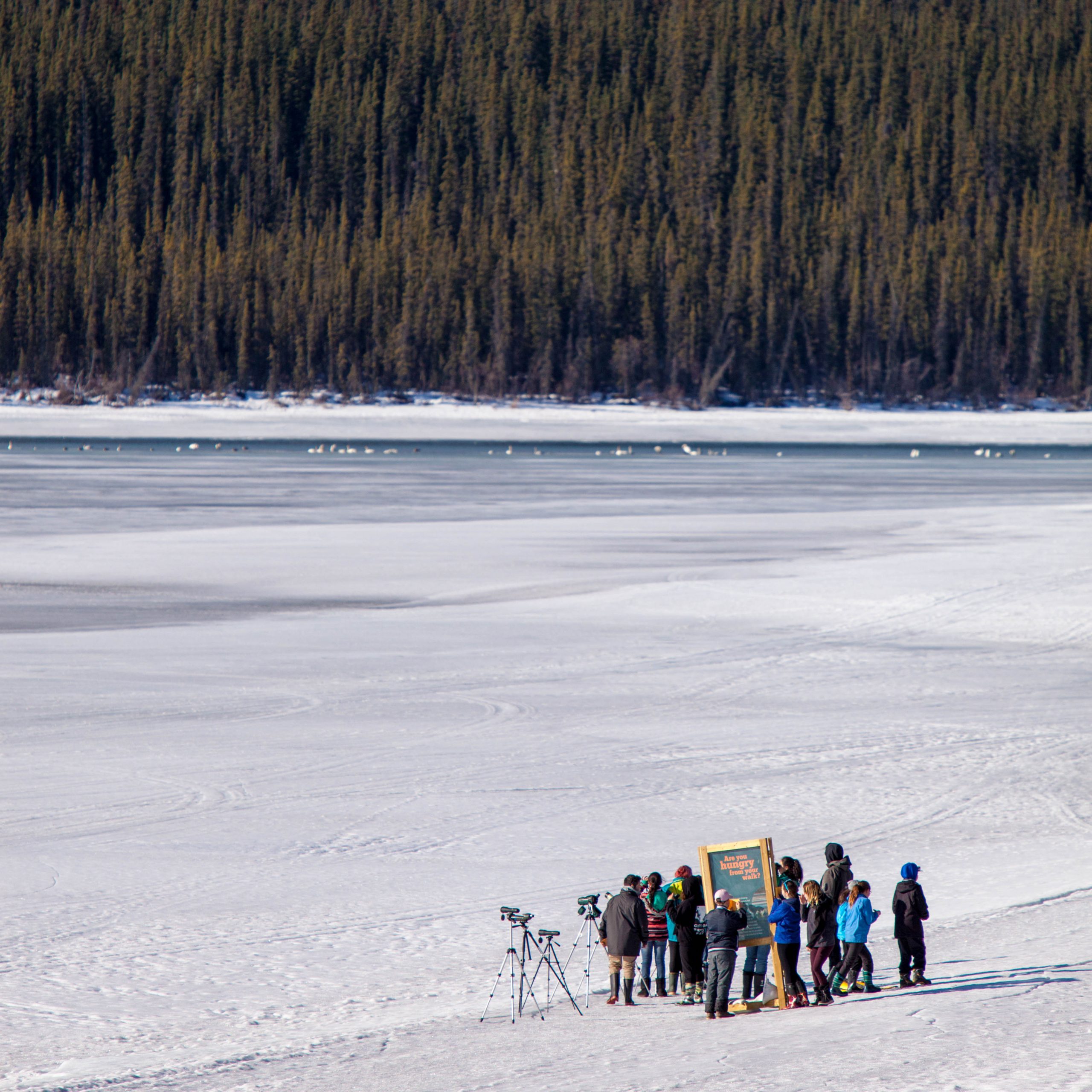
Background
Early in 2017, the Yukon Wildlife Preserve and Yukon Wildlife Viewing Program signed an agreement for the YWP to develop and deliver experiential, outdoor school programming at the Swan Haven Interpretive Centre. A successful partnership was born!
Nature Camps
Thanks to an increase in registrations and below-budgeted expenses, Nature Camps ended the year with a net revenue gain of $105 thousand, exceeding the budget target of $44 thousand.
Summer 2024
312 campers attended Summer Nature Camps, an increase of 17 campers from 2023. This increase was less than expected, but was more than offset by an increase in grant funding and underspending across most expense categories..
Winter 2024-25
For a second year in a row, campers joined the program to explore what it takes to survive a Yukon winter (and to go sledding on the giant hill by the Learning Centre). Registrations were down from 2023-24, due mainly to the awkward holiday schedule. Camps were run as single day options this winter, allowing maximum flexibility for campers and guardians during a busy holiday season. Many of the 21 registrations were from regular camp attendees whose guardians expressed appreciation for the winter programs.
Spring 2025
March Break Nature Camps filled up quickly, bringing over 50 campers to the Preserve during a two week period. Wading through snow and mud, campers explored a season of change at the Preserve.
PD Days and School Holidays
A total of 50 campers attended one day PD and School Holiday Nature Camps. This program now has several regular attendees, creating a small community of children who have enjoyed coming together for these intermittent programs.
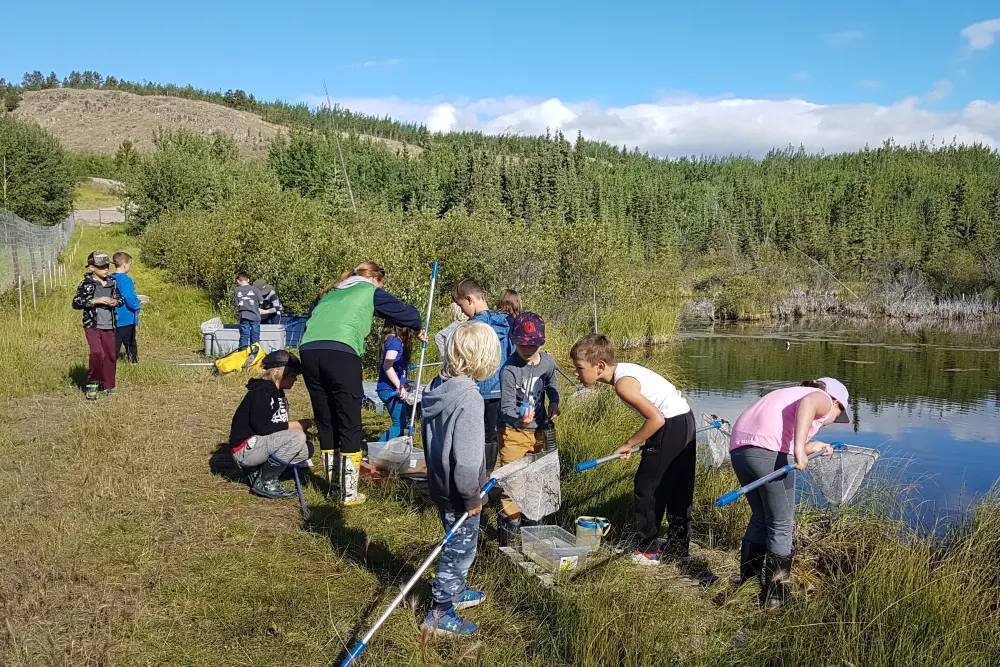
School Programs – May/June 2023
This year marked the start of the new model of Yukon Wildlife Preserve school programs. Highlights include:
- Programs available throughout the school year, rather than just specific months;
- Expanding programs to include grades K, 1, 4, 5, 7, and 11
- Increased funding from Department of Education to $50,490 for FY24-25 (from $21,000)
Total program attendance increased to:
- 1069 from April to June 2024
- 1418 in the 2024-25 school year
Trails & Invasive Species
Thanks to funding from Natural Resource’s Canada’s Green Jobs Program, the Preserve hired four team members to begin work on expanding our trail network and managing invasive species on-site. Construction of the musk ox trail was finished and hundreds of invasive Siberian peashrub and white sweetclover plants were removed.
The Preserve in 2025-26
Thank you.
We are forever grateful for your continued support. Our commitment to wildlife—and to you—our community—are at the heart of everything we do.
Here’s some of what we’ve been working on or have planned for 2025-26:
- Finishing a strategic plan to take us through the next 3 years;
- Working with Yukon Seed to rehabilitate and enhance the habitat by the Front Cabin;
- Building catchpens for male and female sheep to enable us to monitor health and provide treatments more effectively;
- Fence maintenance and repairs to the mountain goat habitat, mule deer and moose habitats;
- Negotiating new funding agreements and a lease with Department of Environment – and working with other YG departments including Highways and Public Works;
- Trail development work to enhance viewing opportunities;
- Invasive species removal (foxtail and caragana);
- Upgrades to wayfinding signage at the crossroads (a notoriously confusing place);
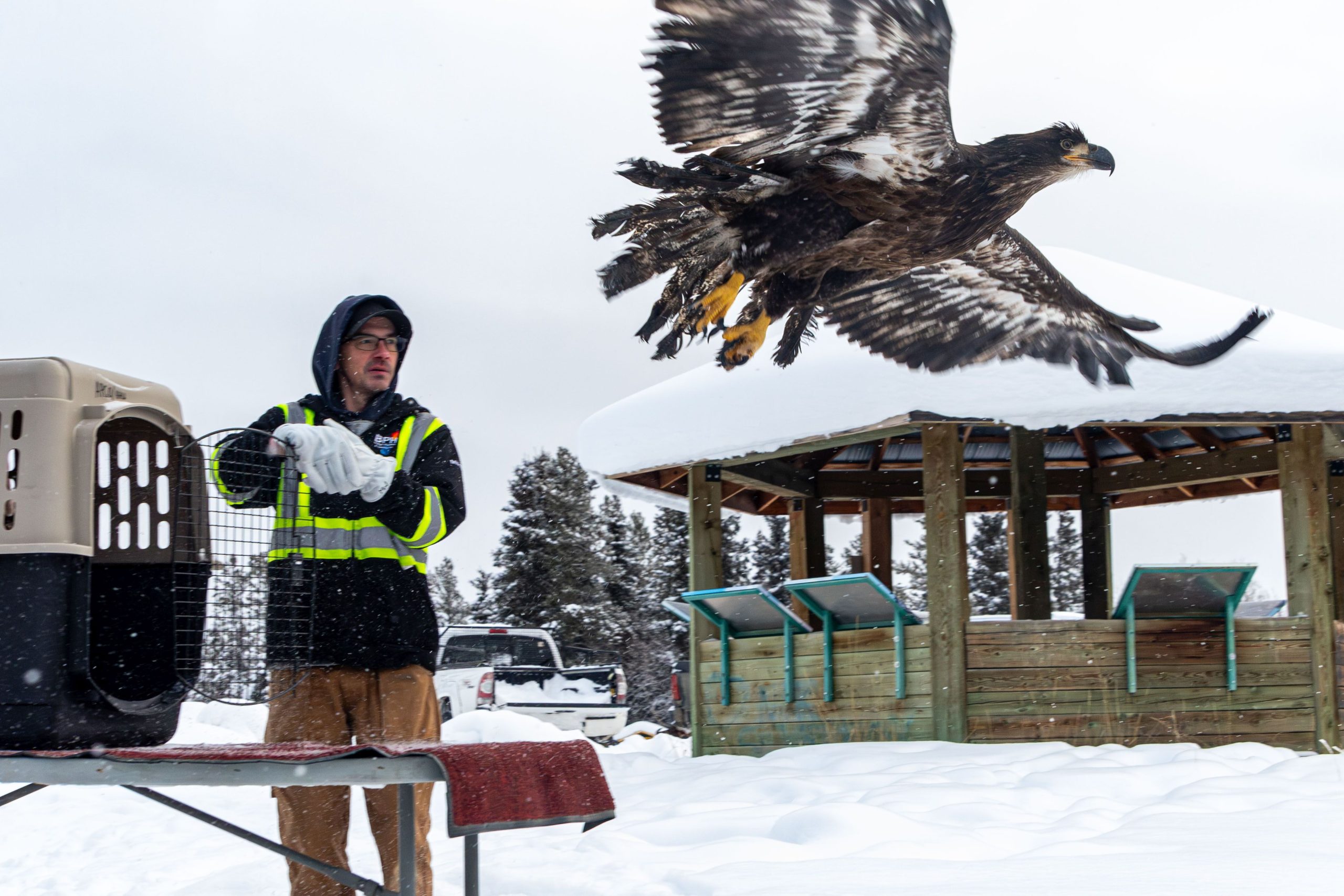
Ways to Support
• • •
Ways to Stay Connected
• • •
Get the latest at
facebook.com/yukonwildlife
Read original blog articles
yukonwildlife.ca/blog
Get the latest videos
youtube.com
See photos and more at
instagram.com/yukonwildlifepreserve

Jake Paleczny
He/Him - Executive Director/ CEO
Jake Paleczny is passionate about interpretation and education. He gained his interpretative expertise from a decade of work in Ontario’s provincial parks in addition to a Masters in Museum Studies from the University of Toronto. His interests also extend into the artistic realm, with a Bachelor of Music from the University of Western Ontario and extensive experience in galleries and museums.
